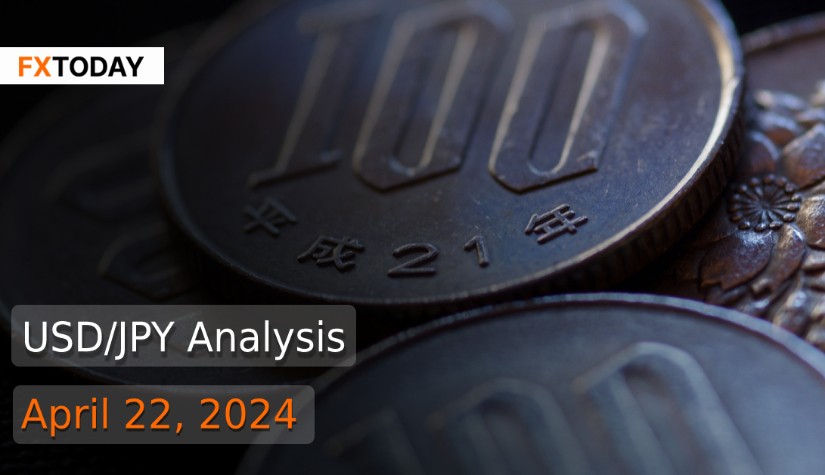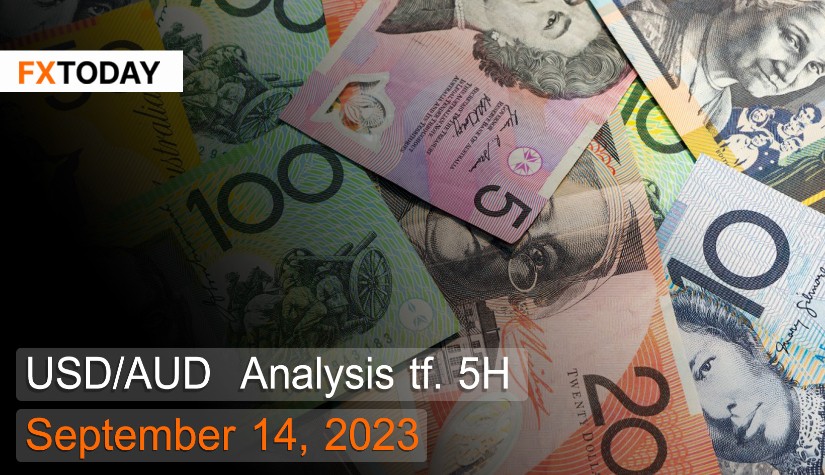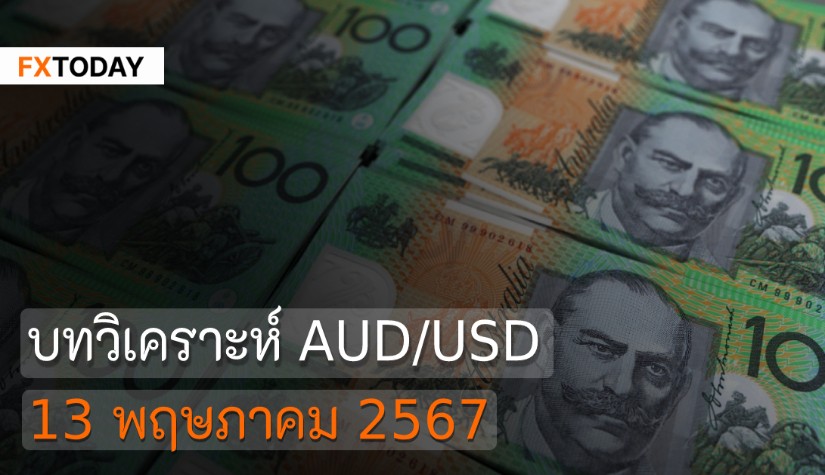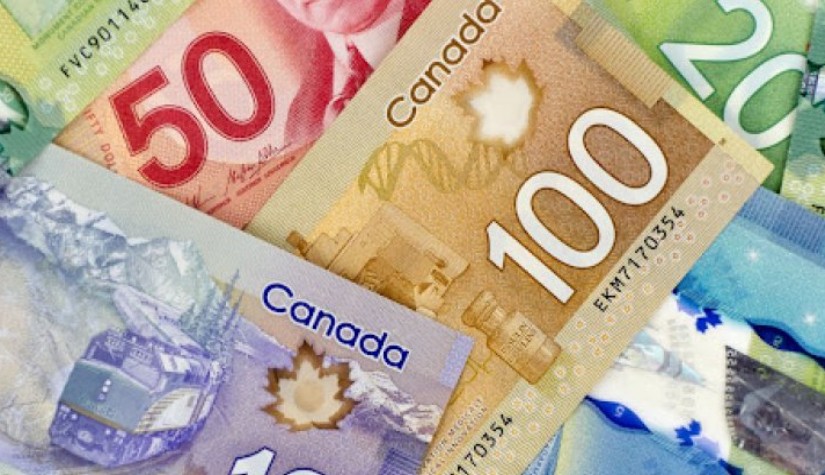Yen's Fate Hangs on BOJ's Policy Review
This week, all eyes are on the yen as the Bank of Japan (BOJ) prepares for its policy review on Friday. The yen has been trading at 154.70 per dollar, near last week's 34-year low of 154.79 and approaching the 155-level that could trigger intervention by Japanese authorities to stabilize the currency.
Following the G20 finance leaders' meeting in Washington, BOJ Governor Kazuo Ueda stated that the central bank might consider raising interest rates if the yen's depreciation significantly contributes to inflation.
The joint statement issued by Japan and South Korea with the U.S. underscores their concerns over currency devaluation, particularly amidst rising inflation exacerbated by weak exchange rates. With tensions in the Middle East threatening to increase oil prices and further elevate costs, both countries are under pressure.
Governor Ueda reiterated the likelihood of interest rate hikes if inflation continues to rise, while emphasizing the necessity for the BOJ to maintain loose monetary policy for now due to inflation expectations remaining below the 2% target. Despite ending unconventional easing measures, the BOJ remains flexible in its policy approach, including potential adjustments to short-term interest rates and reducing purchases of Japanese government bonds.
Market expectations lean towards a short-term interest rate hike sometime this year, with anticipation for clues on timing during the BOJ's upcoming policy meeting where new growth and inflation forecasts will be released. Governor Ueda emphasized the importance of monitoring wage data and its impact on service prices in deciding when to adjust rates.
Recent data shows mixed results for Japan's inflation in March, with core CPI rising as expected but at a slower pace, while broader price trends indicate moderation.
In April, business confidence among major Japanese manufacturers and service sector firms decreased compared to the previous month, influenced by rising living costs and uncertain economic conditions in China. The Reuters Tankan sentiment index for manufacturers dropped from the previous month's, with chemicals and food processing sectors being particularly affected. Similarly, the services sector index decreased, despite some improvements in the retail sector. However, both sectors' sentiment indexes are expected to slightly improve over the next three months.
The depreciation of the yen to levels not seen since 1990 has led to increased import costs, negatively impacting household spending. Despite this, Japan's exports surpassed expectations in March, driven by strong demand in key markets like the U.S. and China, resulting in a trade surplus. However, while the weaker yen has boosted export values, the volume of shipments hasn't experienced a proportional increase, raising concerns about the sustainability of the export-driven growth model.
On a positive note, Japan's key indicator of capital spending exceeded forecasts in February, rebounding sharply from the previous month's decline, indicating strength in domestic demand despite the yen's depreciation.
The U.S. dollar has strengthened due to expectations of a delay in interest rate cuts by the Federal Reserve. Investors await the release of U.S. inflation data, particularly the Personal Consumption Expenditures (PCE) price index. Economists predict March's inflation to remain high. The March U.S. PMI indicated a further slowdown in services industry growth, accompanied by a decrease in services inflation.
Additional economic data for the week includes the initial estimate of first quarter GDP, expected to show a slight moderation from the previous quarter. Data on new home sales, initial jobless claims, and revised figures on consumer sentiment and inflation expectations will also be released. As a result, the yen could stabilize, fluctuating within a narrow range, while continuing its decline against the US dollar over time. The yen's future performance is anticipated to hinge on updates and economic indicators related to Japanese currency interventions, which are considered crucial factors.
Data for Technical Analysis (1H) CFD USD/JPY
Resistance : 154.68, 154.71, 154.75
Support : 154.60, 154.57, 154.53
1H Outlook
Source: TradingView
Buy/Long 1 If the support at the price range 154.50 – 154.60 is touched, but the support at 154.60 cannot be broken, the TP may be set around 154.69 and the SL around 154.45, or up to the risk appetite.
Buy/Long 2 If the resistance can be broken at the price range of 154.68 – 154.78, TP may be set around 154.83 and SL around 154.55, or up to the risk appetite.
Sell/Short 1 If the resistance at the price range 154.68 – 154.78 is touched, but the resistance at 154.68 cannot be broken, the TP may be set around 154.58 and the SL around 154.83, or up to the risk appetite.
Sell/Short 2 If the support can be broken at the price range of 154.50 – 154.60, TP may be set around 154.44 and SL around 154.73, or up to the risk appetite.
Pivot Points Apr 22, 2024 02:18AM GMT
|
Name
|
S3
|
S2
|
S1
|
Pivot Points
|
R1
|
R2
|
R3
|
|---|---|---|---|---|---|---|---|
| Classic | 154.47 | 154.53 | 154.58 | 154.64 | 154.69 | 154.75 | 154.8 |
| Fibonacci | 154.53 | 154.57 | 154.6 | 154.64 | 154.68 | 154.71 | 154.75 |
| Camarilla | 154.59 | 154.6 | 154.61 | 154.64 | 154.64 | 154.65 | 154.66 |
| Woodie's | 154.45 | 154.52 | 154.56 | 154.63 | 154.67 | 154.74 | 154.78 |
| DeMark's | - | - | 154.55 | 154.62 | 154.66 | - | - |
Sources: Investing 1, Investing 2
















